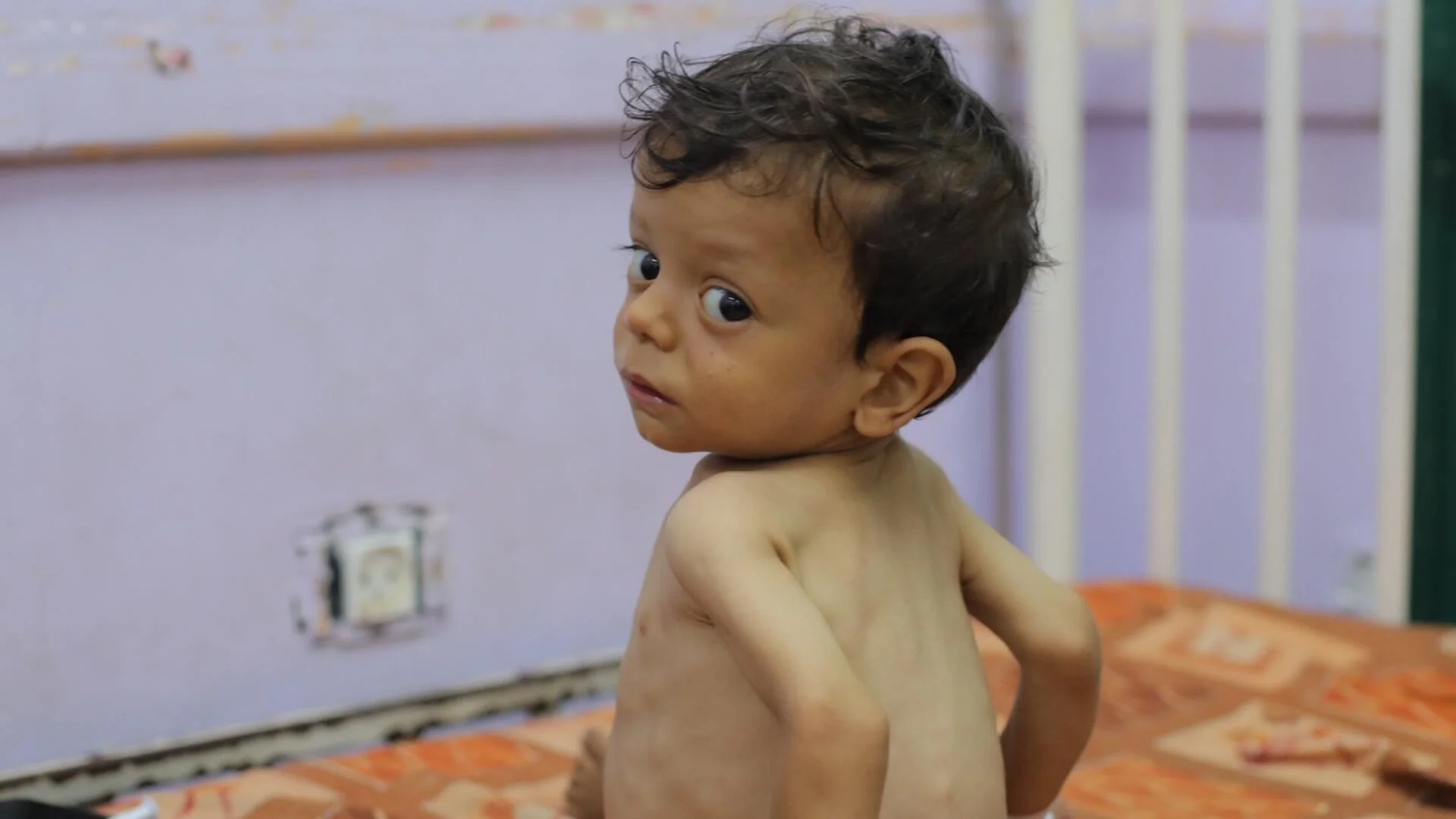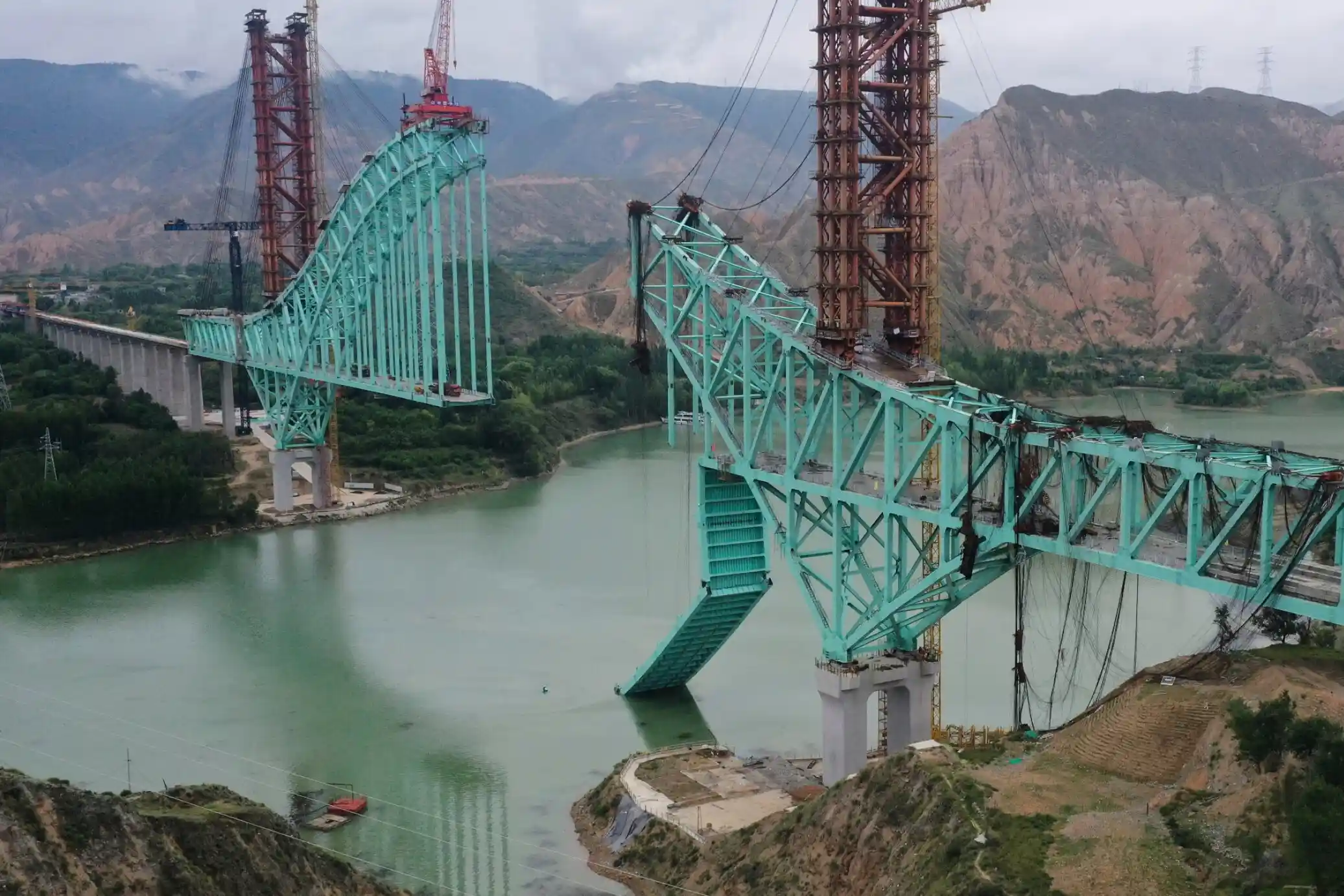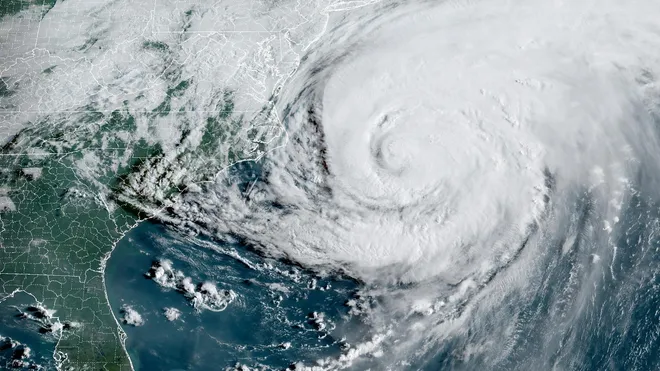The Gaza food crisis has reached an unprecedented and devastating milestone. For the first time in history, an international food security body has formally declared famine in Gaza. This catastrophic announcement underscores the collapse of food systems, the prolonged impact of war, and the humanitarian paralysis gripping one of the world’s most densely populated territories.
The declaration is not merely symbolic—it carries weight in the international community, compelling urgent attention to a crisis that has been building for months. Behind the figures are human stories: children fainting from hunger, families surviving on animal feed, and hospitals overwhelmed by malnourished patients. The famine in Gaza is not the result of natural disaster or drought, but of prolonged conflict, blockade, and systemic humanitarian failure.
This article dives deep into what this famine declaration means, how it was reached, and what the global response may look like.
What Does the Famine Declaration Mean?
The Integrated Food Security Phase Classification (IPC), a global standard for measuring hunger crises, defines famine as the most severe phase of food insecurity. According to IPC thresholds, famine is declared when:
At least 20% of households face extreme food shortages.
At least 30% of children suffer acute malnutrition.
At least 2 people per 10,000 die daily from starvation or related disease.
The declaration in Gaza means these benchmarks have been met or exceeded. For aid workers, famine is not a distant possibility—it is already unfolding in real time.
Gaza Food Crisis: A Timeline of Hunger
The roots of the famine go back decades, but the immediate crisis accelerated in the last year.
Years of Blockade: Gaza has been under a land, air, and sea blockade for nearly two decades, heavily restricting imports of food, medicine, and fuel.
Conflict Escalation: Recent escalations destroyed farmland, fishing infrastructure, and warehouses storing food supplies.
Supply Chain Collapse: Border closures and restrictions prevented aid trucks from entering Gaza, leaving markets empty and prices soaring.
Humanitarian Paralysis: Even when aid convoys were approved, insecurity on the ground often halted their distribution.
By mid-2025, reports of children dying from malnutrition began to surface. International monitors warned of an impending famine, but relief efforts were insufficient. The famine declaration now confirms the worst fears.
Daily Life Under Famine
The famine in Gaza is not an abstract statistic—it is a lived nightmare. Families who once lived modestly now queue for hours for a piece of bread. Mothers dilute powdered milk to stretch a single packet for days. In makeshift shelters, aid workers describe scenes of desperation:
Children scavenging for scraps in garbage piles.
Families boiling wild grasses and animal feed to make soup.
Infants with sunken eyes, swollen bellies, and skeletal frames—textbook signs of starvation.
According to UN agencies, nearly 1.8 million people—more than 80% of Gaza’s population—are facing catastrophic levels of food insecurity.
Expert Warnings Ignored
Humanitarian experts had been warning about Gaza’s food situation for months before the famine declaration.
David Beasley, former head of the World Food Programme (WFP), once remarked: “In Gaza, the issue is not lack of awareness—it’s lack of access. The food exists, the aid exists, but it cannot reach the people who need it.”
UNICEF reports show that the rate of child malnutrition in Gaza has risen to unprecedented levels in modern history, with some neighborhoods recording over 45% acute malnutrition among children under five.
These warnings should have prompted urgent international action. Instead, political disputes and security challenges delayed large-scale intervention, allowing the famine to take root.
The Global Shockwave
The famine declaration has sent shockwaves through the international community. Humanitarian organizations are pressing world leaders to act immediately, emphasizing that famine is preventable when aid access is guaranteed.
Governments and advocacy groups argue that famine in Gaza is not simply a humanitarian crisis but a moral failure of the global order. For decades, the international community has pledged “never again” when facing famine. Yet Gaza’s tragedy shows that lessons from Somalia in the 1990s, Yemen in the 2010s, and Ethiopia in the 1980s remain unlearned.
Why Gaza’s Famine Is Different
Unlike famines triggered by climate disasters or crop failures, Gaza’s famine is man-made. Cropland exists, food aid exists, and logistical capabilities exist, but political and military dynamics prevent their delivery.
Key factors:
Conflict-driven Destruction: Airstrikes and artillery fire have destroyed warehouses, bakeries, and farmland.
Border Closures: Lifeline crossings remain shut or heavily restricted.
Electricity & Fuel Shortages: Without fuel, bakeries and water pumps cannot function.
Collapse of Governance: With local institutions paralyzed, aid cannot be distributed effectively.
This combination makes Gaza’s famine particularly tragic—it was preventable.
International Response So Far
Since the famine declaration, humanitarian agencies have called for:
Immediate Ceasefire: Aid groups argue that only a ceasefire can allow safe delivery of food and medical supplies.
Unhindered Aid Access: Opening border crossings and removing restrictions on food imports.
Massive Scaling of Aid: UN agencies estimate that at least 500 truckloads of aid per day are needed to stabilize the population.
However, political disputes over responsibility continue to paralyze action. While some countries pledge food aid, logistical barriers remain unresolved.
The Human Toll: Statistics Behind the Crisis
- Population at Risk: 2.2 million people in Gaza.
- People Facing Catastrophic Hunger: 1.8 million (80% of population).
- Child Malnutrition: Over 45% in some areas.
- Deaths: Rising daily; exact numbers unclear due to poor access.
- Aid Trucks Entering Daily: Less than 10% of what is needed.
- The statistics confirm a grim reality: famine in Gaza is claiming lives every day.
Voices from Gaza
Stories from Gaza humanize the statistics. Aid workers recount families who sold their last possessions for food, only to find none available. A 10-year-old boy, interviewed by a journalist, whispered: “I dream of bread. I dream of cheese. I want to eat until I am full, just once.”
Mothers describe the agony of watching children waste away without being able to provide food. For many, the famine is not only a battle against hunger but against hopelessness.
What Happens Next?
The famine declaration should trigger a stronger global response, but history shows that political will often lags behind humanitarian need. Experts warn that unless access is guaranteed immediately, tens of thousands could die in the coming weeks.
Some humanitarian agencies are exploring air drops of food aid, but these are logistically challenging and limited in scope. Others push for international pressure to force open border crossings.
The coming weeks will determine whether the famine can be contained—or whether Gaza joins the grim list of prolonged famine disasters.
FAQs
What does it mean that Gaza has been declared in famine?
It means Gaza has met the international thresholds for famine: extreme food shortages, high child malnutrition, and rising starvation deaths.
How many people are affected?
Nearly 1.8 million people—over 80% of Gaza’s population—are facing catastrophic hunger levels.
Could the famine have been prevented?
Yes. Unlike natural disasters, Gaza’s famine is man-made, driven by conflict, blockade, and restricted aid access.
What is needed to end the famine?
Immediate ceasefire, opening of border crossings, and large-scale delivery of food and medical supplies are critical.
How does this compare to past famines?
While past famines were often triggered by drought or crop failure, Gaza’s famine is unique in being almost entirely preventable through political decisions.
Conclusion
The Gaza food crisis has now entered its darkest chapter, with the first-ever formal declaration of famine. This tragedy was not inevitable. It is the result of political paralysis, prolonged conflict, and denial of humanitarian access. Behind the statistics lie millions of lives—children, families, and entire communities—now facing starvation.
Famine in Gaza should serve as a wake-up call for the international community. Humanitarian aid must not be politicized. The declaration should not just be a headline—it must be a turning point. Without immediate action, the famine will deepen, leaving a scar on human conscience for generations to come.












